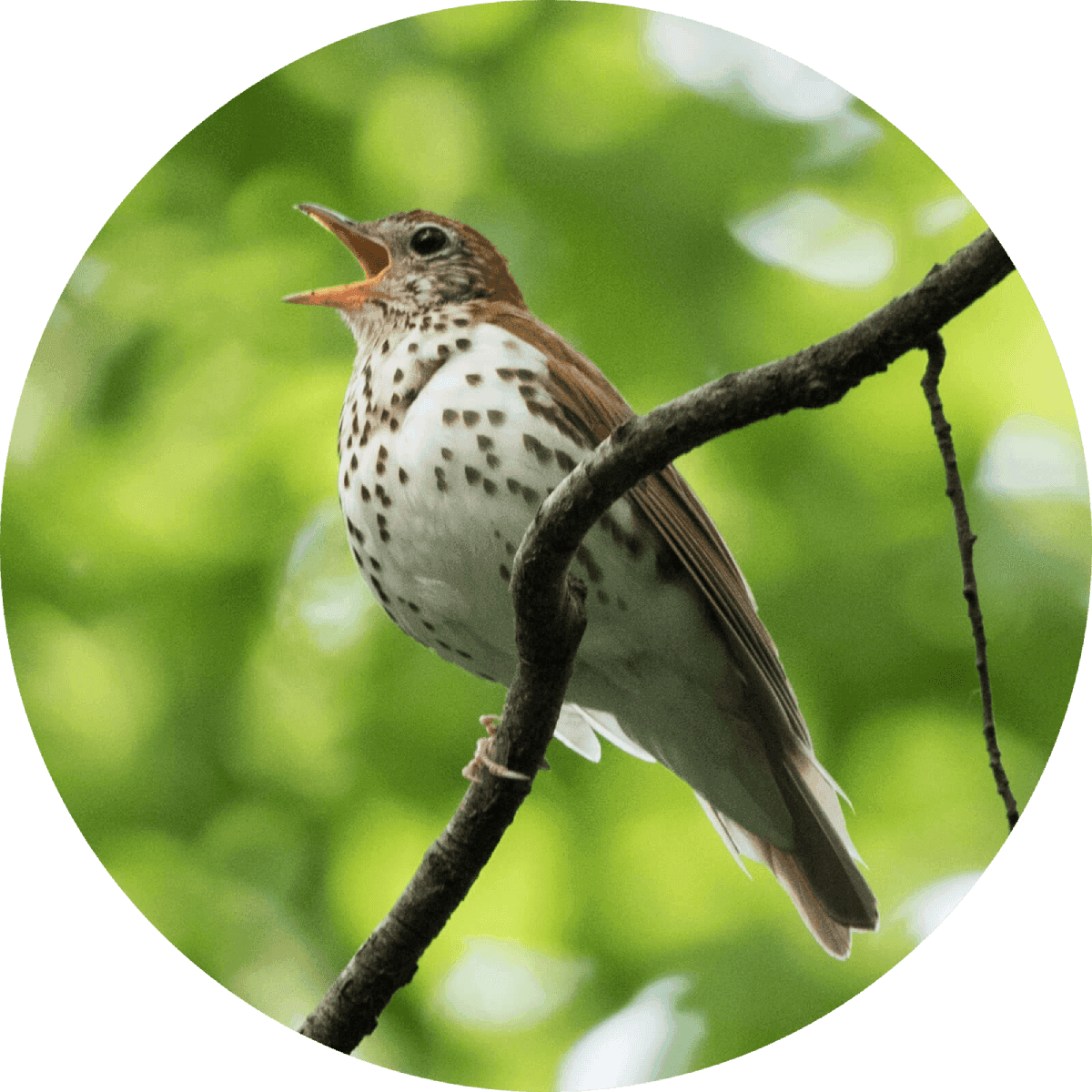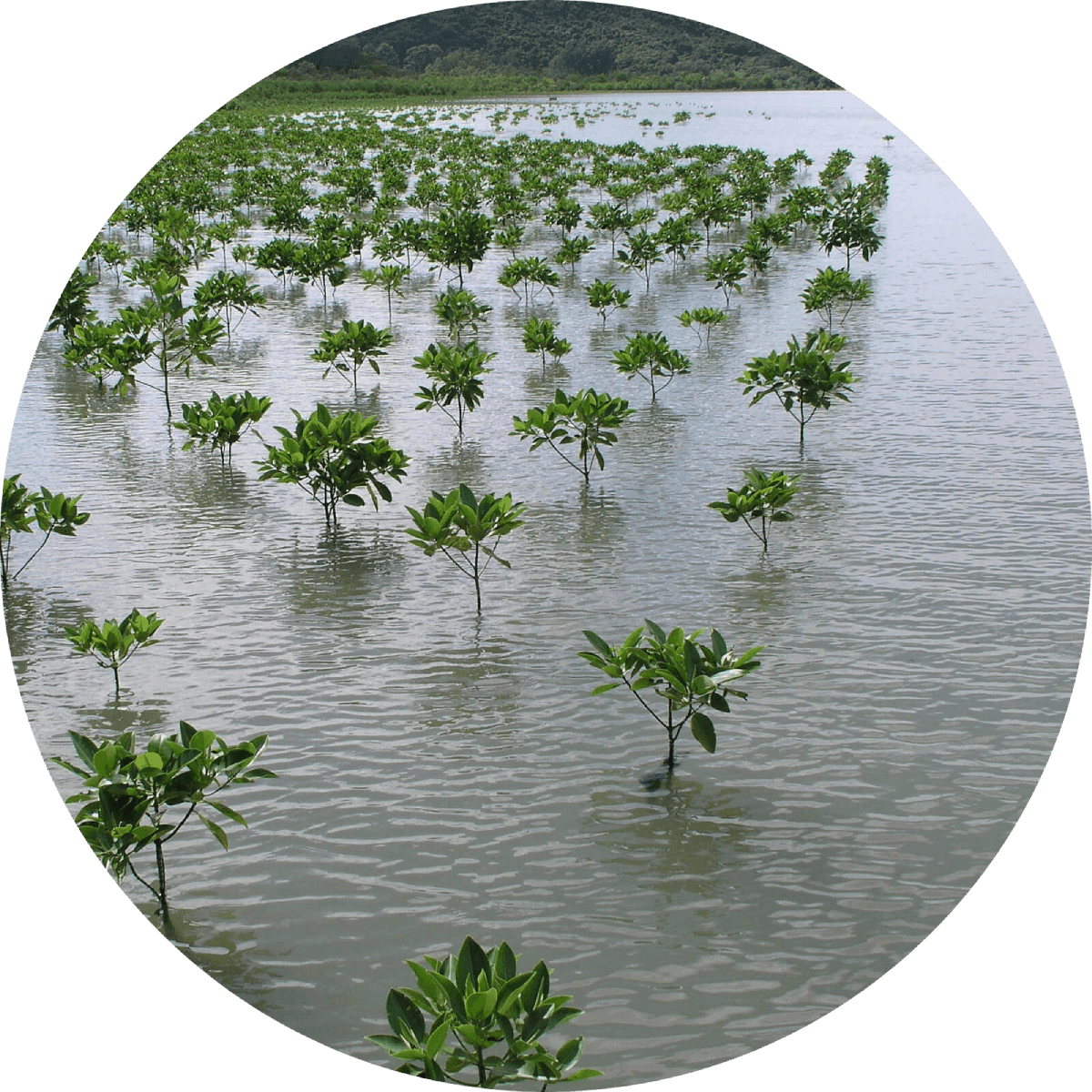“As deer have become overabundant, one-third of our birds have disappeared . . . There is a mountain of evidence that browsing by deer depresses or eliminates bird communities. This occurs when deer eat the leaves of every edible plant on the forest floor, including young trees. There is an immediate loss of those birds, such as Kentucky Warblers, which nest and feed near the ground. But persistent over-browsing eventually changes the kinds of trees that grow up into the forest’s mid-story and canopy, eliminating hemlock, birch, oak and other tasty species that produce food and nest sites for birds. Overabundant deer also alter the chemistry of the soil and leaf litter decomposition, reduce the abundance of bugs, and even eat baby birds.”
"The overpopulation of white-tailed deer across the Northeastern United States could help spread Lyme disease and another tick-borne illness, anaplasmosis, especially in suburban areas . . . The deer themselves are not a threat to health. But the black-legged (deer ticks) and lone star ticks they carry spread Lyme and other diseases . . . The ticks that cause these illnesses lodge and breed on your lawn."
"Large white-tailed deer populations, like those found in National Capital Area (NCA) national parks, can significantly reduce forest regeneration by browsing tree seedlings and preventing them from growing taller and becoming saplings . . . [These deer] populations also influence the species of trees that are able to persist. Deer will preferentially browse some species, like white ash (Fraxinus americana), while leaving behind those they find less palatable, like American beech (Fagus grandifolia), pawpaw (Asimina triloba, an understory tree species), or the invasive tree of heaven (Ailanthus altissima). This species selection preference can potentially change the structure of a forest and the habitat it provides for animals and other plants. "
"The Finnish Natural Resources Agency has determined that fifty percent more hunting permits for white-tailed deer should be granted in Finland next year than were distributed in 2018, if the rapid increase in the deer population is to be stopped. Last year 36,191 permits to kill white-tailed deer in Finland were granted."
"State officials are urging Connecticut residents to report white-tailed deer that are acting strangely, appear sickly or are found dead, after three deer were confirmed to have hemorrhagic disease this year . . . The cases mark the third year the disease has been confirmed in Connecticut since it was first detected here in 2017. Hemorrhagic disease is spread to deer by infected biting midges."
"Anytime you can take a species from the brink of extinction and save its future, then it's cause for celebration . . . this was only a success because of collaborative conservation. It took the combined efforts of the Cowlitz Indian Tribe, states of Washington and Oregon, many volunteers and the Service working together for many years to turn the tide for this deer.”
- Brent Lawrence, a spokesman for the US Fish and Wildlife Service
“Like almost all conservation problems, deer management is a societal issue. If the deer population is to be reduced, it must be reduced slowly . . . In some sense one of the greatest losses of all is that deer are no longer viewed as the majestic and even mystical animals of the forest that they were only a few decades ago . . . How different that is from the time of John Muir, who wrote, ‘Standing, lying down, walking, feeding, running even for its life, it [deer] is always invincibly graceful, and adds beauty and animation to every landscape — a charming animal and a great credit to nature.'”
“By Friday afternoon, about 4,500 people had signed a change.org petition protesting the sharpshooting. “We want them to use all the science, all the technology, all the latest to come up with a solution that’s elegant, not barbaric” “The agency doesn’t think such tactics will be effective until the deer population is reduced to an ecologically sustainable number. Biologists generally recommend that forested areas have no more than 20 deer per square mile. The park, according to official estimates, has about 70.”
- Neighborhood protestor Carol Grunewald
“This unprecedented and extreme approach to reducing the population of native wildlife that, according to the Park Service’s own data, has remained relatively stable for at least ten years and decreased in many years under natural conditions without any human interference, is unwarranted, particularly when NPS also concedes that the deer pose no urgent threat to the Park or any of its resources.”
"Deer are known to pose a threat to native forests. Through predation of seeds, browsing, and trampling of seedlings, deer may exert a profound negative impact on forest regeneration. Deer also damage forests through browsing of the lateral branches or terminal buds of developing trees, bark-stripping of more mature trees, and fraying of bark from the main stem of small trees by rubbing them with their antlers . . . The white-tailed deer was introduced to the island in the 1980’s . . . [It] is an alien invasive species, and the population in Portland should be eradicated or controlled in an effort to safeguard the native biota, and to spare agricultural losses."
"'I now suspect that just as a deer herd lives in mortal fear of its wolves, so does a mountain live in mortal fear of its deer.' The U.S. Forest Service determined in 2005 that plants like trilliums are unlikely to recolonize the Great Smoky Mountains because of heavy deer browsing."
"We didn't really expect to find that Pennsylvania black bears are the efficient predators of fawns that they are," he says. "It is widely known that the state's large population of coyotes prey on fawns, but it now looks like bears kill as many, possibly more . . . Habitat in Quehanna is poorer for deer in terms of both food and cover. There are fewer humans and interference, and more predators because deer have overbrowsed the trees and other plants. There are fewer hiding places and alternative food sources for predators."
- Justin Vreeland, graduate research assistant in the Pennsylvania Cooperative Fish & Wildlife Research Unit
"The problem has less to do with the overall number of deer than their uneven distribution. Before European settlement, white-tailed deer thrived in the eastern U.S. at a density estimated at 2-4 animals per square kilometer. Research shows that if the density rises to more than 8 deer per square kilometer, many songbirds and native plant species decline. Today, there are as many as 50 to 114 deer per square kilometer in some developed areas of the U.S."
“Across the nation, local governments of all sizes are partnering with state agencies to develop approaches that meet local needs . . . managed hunt . . . city-wide archery hunt . . . paid sharpshooters . . . non-lethal methods such as relocation and sterilization . . . Scientists at Cornell University's Human Dimensions Research Unit have dubbed the sum of these parts ‘Community Based Deer Management.'”


Learn about Maya Lin’s fifth and final memorial: a multi-platform science based artwork that presents an ecological history of our world - past, present, and future.

Discover ecological histories and stories of former abundance, loss, and recovery on the map of memory.

Learn how we can reduce our emissions and protect and restore species and habitats – around the world.

See how art can help us rethink the problems we face, and give us hope that each one of us can make a difference.

Help make a global memorial something personal and close to home. Share your stories of the natural world.